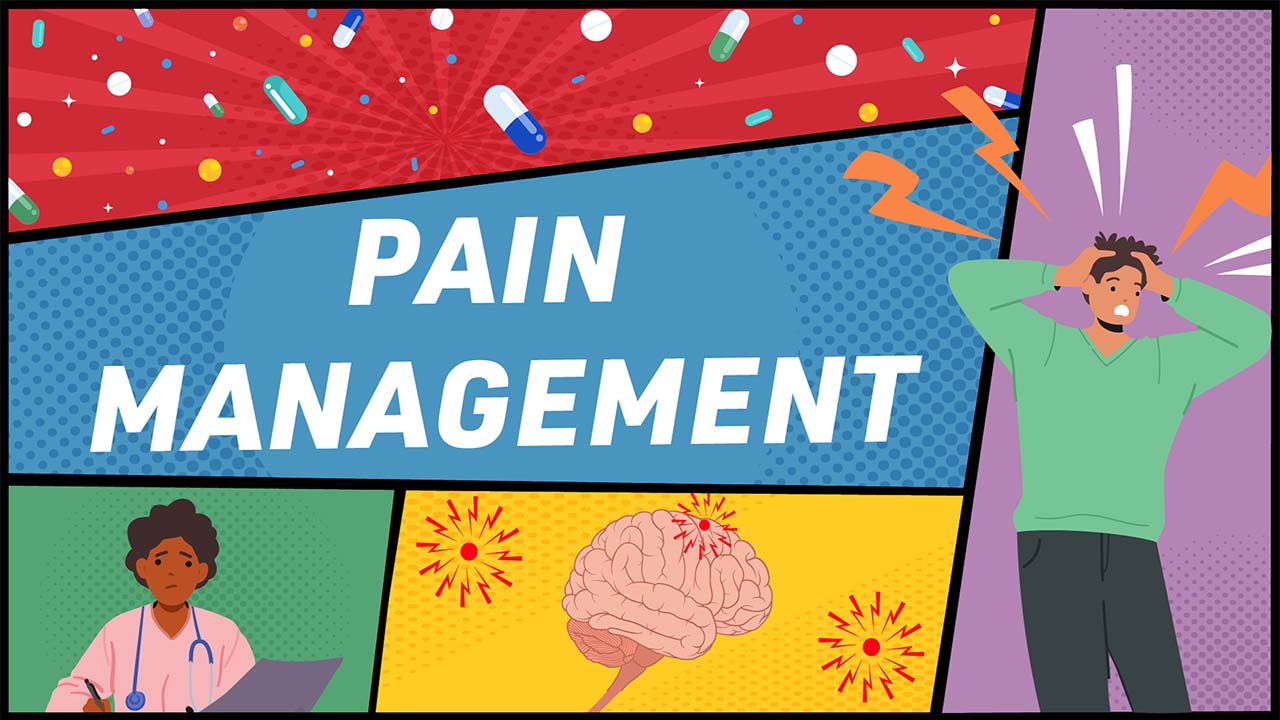Pain Management


Pain is a ubiquitous and critical challenge encountered daily by healthcare professionals in all practice settings.
This Ausmed Course provides an in-depth exploration of pain management, delving into the pathophysiology of pain, its various types, as well as factors influencing pain experiences. It equips learners with the knowledge of how to conduct holistic pain assessments and implement safe opioid management according to best-practice standards, in order to improve patient care and adeptly handle the complexities of pain management.
Content
What you'll learn:
Explain the fundamental goals of pain assessment and how they align with patient-centred care principles.
Describe the underlying pathophysiology of pain.
Apply knowledge of pain pharmacology to make informed decisions in tailoring pain relief strategies while considering patient preferences.
Apply appropriate risk-mitigation strategies according to potential risks and best practices when utilising opioids for pain management.
Evaluate the effectiveness of different pain assessment tools in gathering accurate patient data and supporting personalised pain management plans.
Assess the suitability of different non-pharmacological techniques for different pain conditions.
Who it's for:
Why it's needed:
Between 2020 and 2021, 71.1% of Australians over 18 years reported having experienced pain in the last four weeks before being surveyed. This figure highlights the prevalence of pain in most Australians and the need for continual improvements in delivering patient care. Without a change in the current management of pain, the annual healthcare system costs, productivity losses, informal care, aids and modifications will likely reach an estimated $215.6 billion by 2050.
Clinicians play an integral role in delivering effective pain management and safe opioid use to patients. There is a pressing need for increased knowledge as patient care becomes increasingly intricate, in understanding the role of the clinician to advocate and ensure patient safety and comfort. Therefore, embracing pain education will facilitate the transition from theoretical knowledge to practical, skill-focused pain management.
Purpose:
Topics
Assign mandatory training and keep all your records in-one-place.
Find out more
Recommended resources







 Free
Free

 New
New